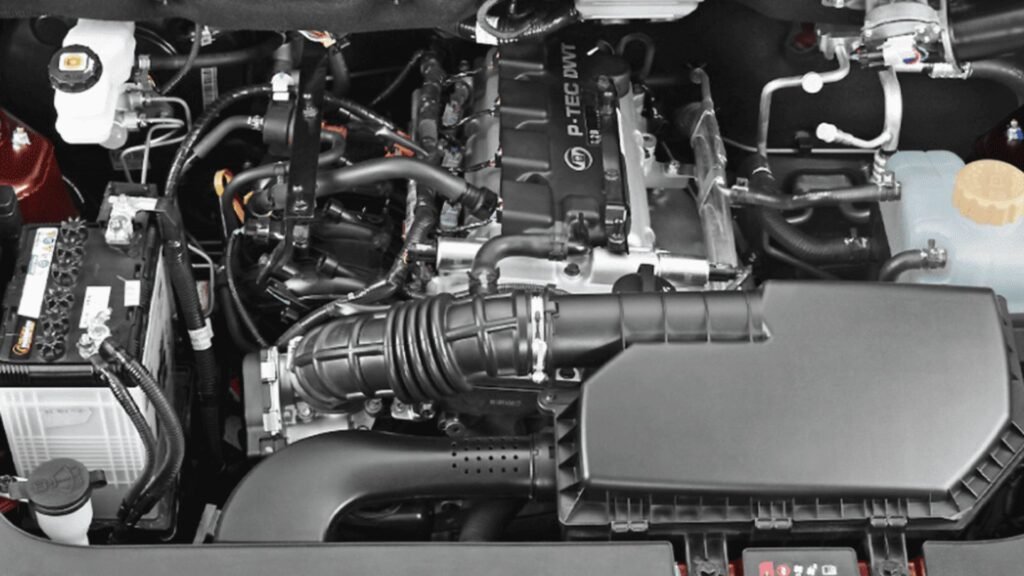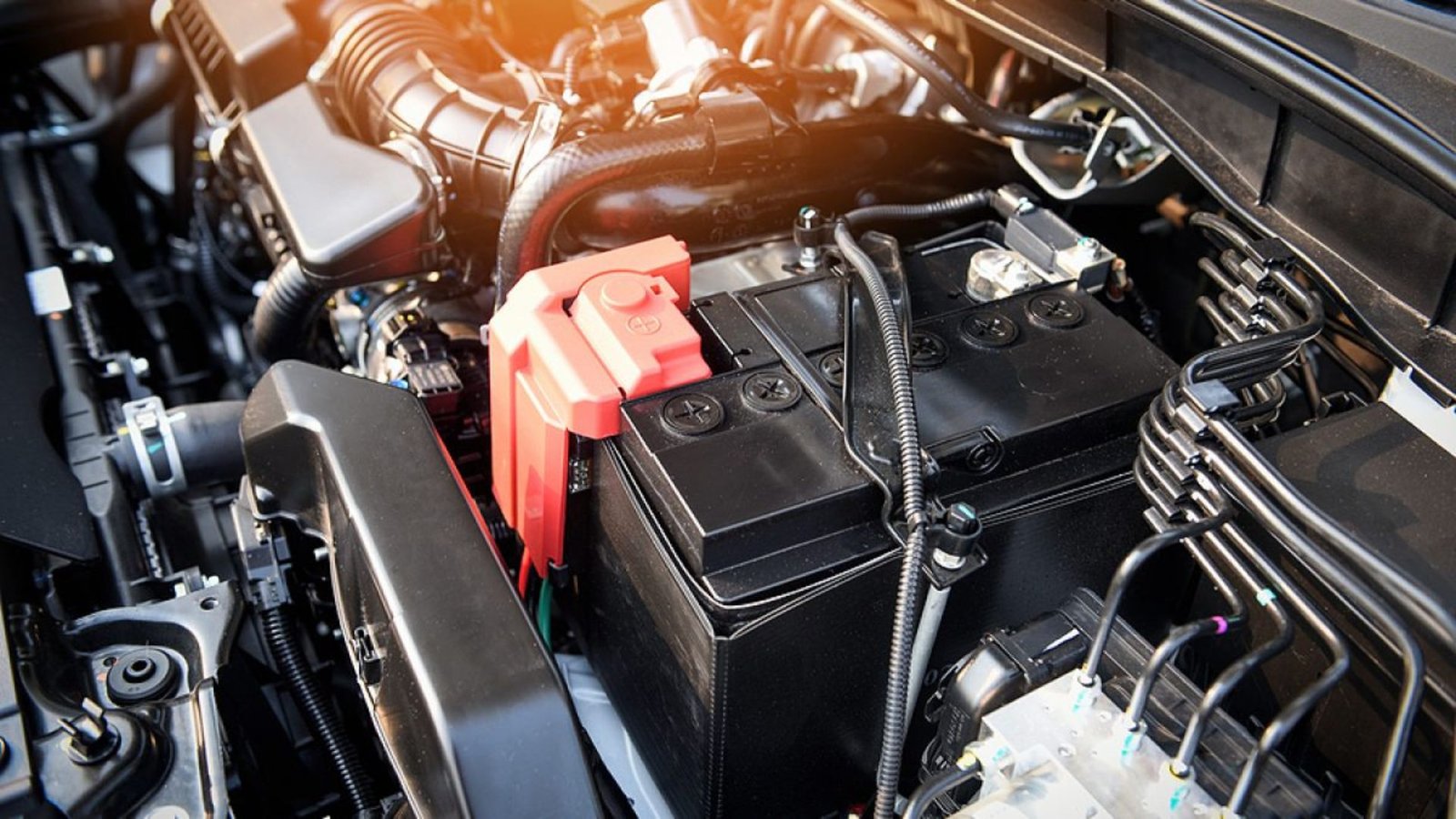If you’re looking to boost your car’s performance, upgrading your engine is a key step. Enhancing your car engine for more power can improve speed, acceleration, and overall driving experience. Here’s a comprehensive guide to help you get the most out of your engine upgrades.
1. Upgrade the Air Intake System
One of the first steps in upgrading your car engine for more power is to enhance the air intake system. A high-performance air filter or cold air intake can improve airflow to your engine. This helps the engine breathe better, increasing power and efficiency. An upgraded intake system can also give your car a sportier sound.

2. Install a High-Performance Exhaust System
A high-performance exhaust system can significantly impact your engine’s power. By reducing back pressure and improving exhaust flow, you allow the engine to expel gases more efficiently. This can lead to increased horsepower and torque. Look for exhaust systems made of stainless steel for durability and performance.
3. Upgrade the Turbocharger or Supercharger
Adding or upgrading a turbocharger or supercharger is a powerful way to boost engine performance. These components force more air into the engine, allowing it to burn more fuel and produce more power. Turbochargers are ideal for increasing power without significantly increasing engine size, while superchargers provide immediate power delivery.
4. Improve Engine Tuning
Engine tuning is crucial for extracting maximum power from your car engine. Re-mapping the engine’s ECU (Engine Control Unit) can adjust fuel delivery and ignition timing for better performance. Many performance chips and tuners are available that can help you optimize engine parameters for increased horsepower.
5. Enhance the Fuel System
Upgrading your fuel system can support more power from your engine. High-performance fuel injectors and a high-flow fuel pump ensure that your engine gets the right amount of fuel under high-performance conditions. This is essential for maintaining optimal power and preventing engine knock.
6. Upgrade the Camshaft
The camshaft controls the timing of the engine’s valve openings and closings. By installing a high-performance camshaft, you can improve engine efficiency and increase power. This modification can enhance engine breathing, especially at higher RPMs.
7. Install a High-Performance Radiator
A high-performance radiator helps keep your engine cool during intense driving. Overheating can limit engine performance and cause damage. A better radiator ensures that your engine operates at the ideal temperature, which is crucial for maintaining power and reliability.
8. Consider a Performance Clutch
If you’ve increased your engine’s power, your car’s clutch may need an upgrade. A performance clutch can handle more torque and provide better power transfer. This is essential for smooth acceleration and avoiding premature clutch wear.
9. Upgrade the Ignition System
A high-performance ignition system can improve engine combustion and efficiency. Upgrading spark plugs and ignition coils ensures a stronger spark, which helps the engine burn fuel more completely. This leads to improved power output and fuel efficiency.
10. Strengthen the Engine Internals
For significant power increases, consider strengthening the engine’s internals. This might include upgrading pistons, rods, and crankshafts to handle higher power levels. These components are crucial for maintaining engine reliability and performance under increased stress.
11. Install a Performance Intercooler
If you’re using a turbocharger or supercharger, a performance intercooler is a valuable upgrade. It cools the air compressed by the turbo or supercharger, reducing the air temperature before it enters the engine. Cooler air is denser and contains more oxygen, which improves combustion and power.
12. Optimize the Timing Belt
A performance timing belt ensures that the engine’s timing components are in sync. Upgrading to a high-quality timing belt can improve engine performance and reliability. This is especially important if you’ve made significant power upgrades.
13. Improve the Differential
Upgrading the differential can enhance power delivery to the wheels. A high-performance differential ensures that power is distributed effectively, improving traction and acceleration. This is crucial for getting the most out of your engine upgrades.
14. Enhance the Suspension
While not directly related to engine performance, upgrading your car’s suspension can complement engine enhancements. A better suspension system improves handling and stability, allowing you to take full advantage of your engine’s increased power.
15. Regular Maintenance
Finally, regular maintenance is key to keeping your upgraded engine running smoothly. Ensure that you follow a consistent maintenance schedule, including oil changes, air filter replacements, and coolant checks. Proper maintenance helps prolong the life of your engine and ensures that it performs at its best.
Conclusion
Upgrading your car engine for more power involves several key modifications that enhance performance. From improving air intake and exhaust systems to installing high-performance components, these steps can significantly boost your car’s speed and acceleration. Remember to maintain your engine properly to enjoy the benefits of these upgrades for years to come.

